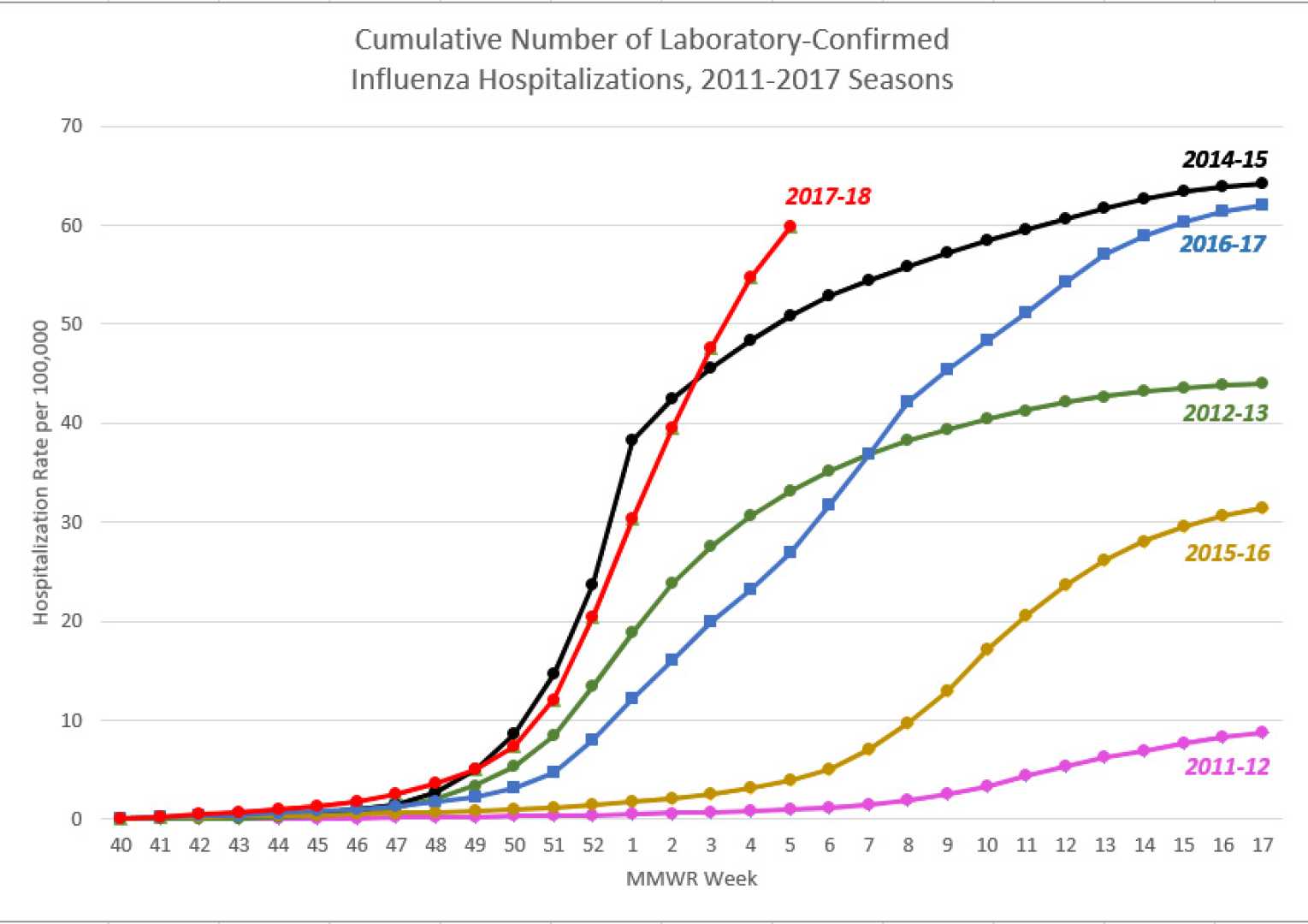Health
Flu Season Surge: Influenza A Dominates as Cases Rise Across U.S.

NEW YORK, N.Y. — The U.S. is grappling with a significant flu season, with cases and hospitalizations on the rise. The majority of the country is experiencing high to moderate flu activity, driven primarily by influenza A variants, according to the latest data from the Centers for Disease Control and Prevention (CDC).
Dr. Sean T. Liu, associate professor of medicine at the Icahn School of Medicine at Mount Sinai, tells TODAY.com that this season is dominated by H1N1– and H3N2-related variants, both of which are type A flu strains. “Influenza A tends to be more severe and has historically been responsible for pandemics, including the 1918 flu pandemic,” says Dr. Stuart Ray, professor of medicine and oncology at Johns Hopkins University School of Medicine.
Influenza B, while generally milder, can still cause severe illness in individuals. Unlike influenza A, which can infect both humans and animals, influenza B only infects humans, leading to slower genetic changes. “On an individual level, influenza B infections can be just as severe,” Ray explains.
Flu season typically runs from October through March or April, but the timing of flu A and B peaks can vary. “Different seasons can be different,” Ray says. “We tend to see influenza A earlier in the season, with influenza B cases often appearing later.”
Symptoms of both flu types are clinically indistinguishable, including fever, cough, sore throat, muscle aches, and fatigue. Gastrointestinal symptoms like diarrhea and nausea are more common in children. Severe complications, such as pneumonia or encephalitis, are rare but possible.
Annual flu vaccines are designed to protect against specific influenza A and B strains. “Every year, the CDC and global health organizations work to identify circulating strains and update the vaccine accordingly,” Ray says. This year’s vaccine includes strains from the H1N1, H3N2, and influenza B lineages.
In addition to vaccination, experts recommend hand hygiene, mask-wearing, and avoiding unpasteurized milk and raw eggs to reduce flu risk. For those experiencing symptoms, at-home tests can help differentiate between flu, COVID-19, and other respiratory illnesses.
Antiviral treatments like oseltamivir (Tamiflu) are effective against both influenza A and B and are particularly important for individuals with underlying health conditions. “These treatments can significantly reduce the risk of severe complications,” Liu emphasizes.
As flu activity continues to rise, health officials urge the public to take precautions to protect themselves and others during this challenging season.












